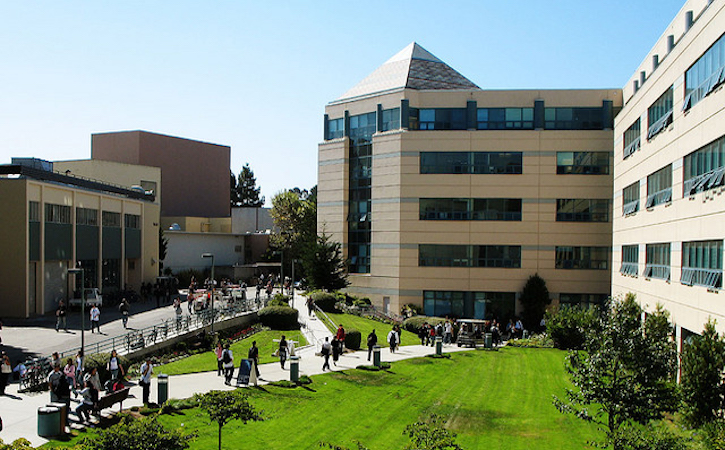
Dear Colleagues,
In light of the guidance provided by the California Department of Public Health (CDPH) for colleges and universities, SF State will continue to minimize the spread of COVID-19 in the workplace by taking preventative measures to include the following:
Practice Social Distancing Strategies
- Use technology such as Zoom teleconferencing and other mediums of virtual communication. This will reduce the number of in-person meetings.
- Sit at a distance from others in a cubicle-style or open work environment.
- Stagger shifts and allow for flexible work hours when possible.
Consider Telecommuting
- Allow employees who currently telecommute on occasion to do so during this time.
- Managers should also consider allowing temporary telecommuting requests from staff who under normal circumstances would not be able to telecommute because of the nature of their job functions. Examples of situations when employees may need to telecommute include:
- taking care of self and/or family members
- school closures
- member of vulnerable population
- When allowing employees to telecommute, keep in mind the safeguarding of confidential data.
- Work plans need to meet operational needs while keeping the safety and well-being of our students, faculty, and staff in mind. Please consult with your Director and AVP to ensure a fair and consistent approach across departments. In the meantime, please let me know if you have any HR-related questions or need advice regarding telecommuting and related matters.
- To manage temporary telecommuting in response to the COVID-19 outbreak, HR has developed a Temporary Telecommuting Agreement form. To access the form see links below.
Temporary Telecommute Form – Docusign Temporary Telecommute Form – PDF
Practice Preventive Hygiene Measures
Anyone coming into a work site should assume every surface is contaminated with germs and viruses that will be transferred to our phones, laptops, hands, etc. Transmission can nonetheless be significantly limited if we do not touch our face (eyes, nose, or mouth) after touching contaminated surfaces (at least until we wash our hands).
Transmission can be significantly limited if we put as much space as practically possible between face to face interactions. This means at least 3’ between individuals talking face to face with one another, and up to 6’ between members of any pair, triad or small group in which any individual is sneezing or coughing. (Closer side by side seating poses fewer risks as long as individuals don’t regularly turn and talk face to face with each other.)
Not all work areas have a perfect set up, but most can be optimized to increase distances between face to face interactions. Even small improvements can be helpful. They can include moving of chairs, desks and/or encouraging employees to spread out as much as practical. Particular attention ought to be paid to the contexts in which employees provide customer services.
Supervisors will often be able to structure their interactions with employees such that the minimal distances suggested above are maintained. Creating stronger acceptance and ownership of these behaviors is increased if prevention practices have been shared and then discussed with the entire team. Doing regular review and check ins about prevention will also increase participation and effectiveness. Supervisors or managers who have “wellness” aims included in their team goals could also add prevention practices.
Staff engagement and team development practices can identify opportunities for how best to involve employees in the ownership of these prevention / wellness recommendations. For example, employees might be encouraged to occasionally share how personal prevention efforts are going, what works, what doesn’t.
In addition to social distancing and applying healthy hygiene practices, we ask that all managers remind employees to review and maintain their emergency contact information. It is critical to our campus emergency operations to have multiple ways to reach employees.
At this time, management should be working with their department staff to ensure business continuity plans are in place as SF State moves to virtual modalities of teaching classes and to maintain operational needs in the event of a campus closure.
As a community, we can minimize the risk of COVID-19 if we practice agility, resilience and compassion. Thank you for doing your part in helping our community stay healthy and safe.
Regards,
Ingrid C. Williams, Ed.D. (she/her/hers) Associate Vice President, Human Resourceshr.sfsu.edu